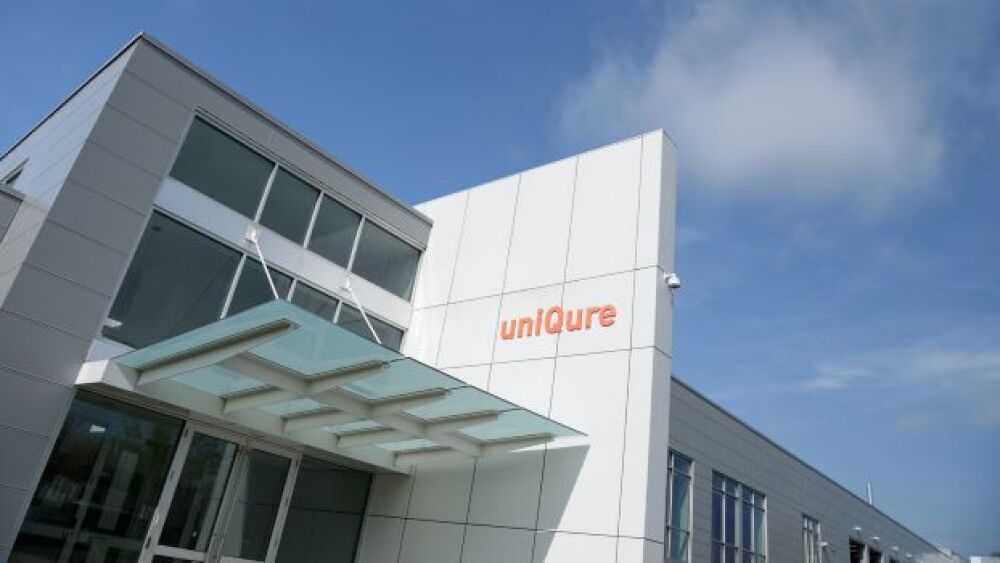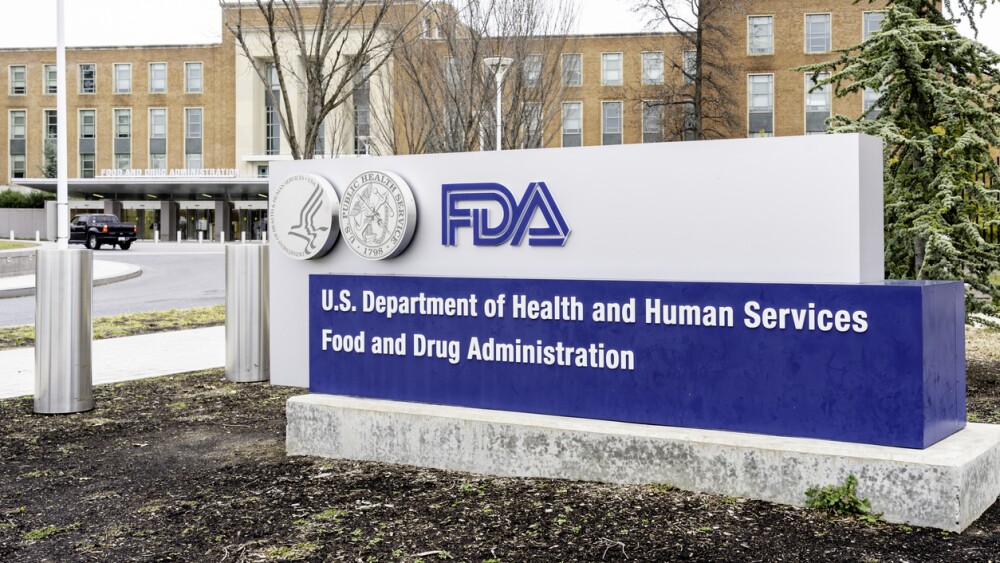The approval of Actonel 75 mg is based on an active-controlled, double- blind clinical trial of 1,229 postmenopausal women with osteoporosis aged 50 years or older with a lumbar spine bone mineral density (LS BMD) T-score less than or equal to -2.5 OR a LS BMD T-score less than or equal -2.0 and at least one prevalent vertebral fracture. In the trial, increases in bone mineral density (BMD) at the lumbar spine, total hip, and hip trochanter in patients treated with Actonel 75 mg, taken on two consecutive days a month, were similar to those in patients treated with Actonel 5 mg daily at both time points measured (6 and 12 months). Both treatments were generally well tolerated with adverse events between the two groups being similar.
"In previous trials, daily Actonel therapy has been proven to protect patients from both vertebral and nonvertebral fractures," said Michael McClung, M.D., Founding Director of the Oregon Osteoporosis Center in Portland, Oregon. "This new monthly two-day dose may be appealing to patients looking for the convenience of less frequent dosing with Actonel."
The full prescribing information for different bisphosphonate therapies recommends different wait times between taking therapy in the morning and the first consumption of food or drink other than plain water. One Actonel 75 mg tablet taken on two consecutive days, for a total of two tablets monthly, offers patients a monthly dosing regimen with a recommended waiting period of at least 30 minutes. With Actonel, patients can get their morning coffee up to 30 minutes sooner than with ibandronate 150 mg tablets, taken once monthly, which requires a wait of at least 60 minutes. There are no head-to-head studies comparing the safety and efficacy of risedronate and ibandronate.
About Osteoporosis
Osteoporosis is a silent disease that affects millions of postmenopausal women, making their bones weak and more likely to fracture over time. In fact, in the U.S. today, 8 million women are estimated to already have osteoporosis, and almost 27 million more are estimated to have low bone mass, placing them at increased risk for fracture. Each year the incidence of osteoporosis- related fractures is greater than the incidence of heart attacks, strokes, and breast cancer combined. The good news is that there are prescription medications available that effectively reduce both vertebral and nonvertebral fracture risk.
About Actonel
In clinical trials, Actonel was generally well tolerated. Actonel is contraindicated in patients with hypocalcemia, known hypersensitivity to any component of this product, or inability to stand or sit upright for at least 30 minutes. Hypocalcemia and other disturbances of bone and mineral metabolism should be effectively treated before starting Actonel therapy. Actonel is not recommended for use in patients with severe renal impairment (creatinine clearance < 30 mL/min).
Bisphosphonates may cause upper gastrointestinal disorders such as dysphagia, esophagitis and esophageal or gastric ulcer. Patients should pay particular attention to the dosing instructions, as failure to take the drug according to instructions may compromise clinical benefits and may increase the risk of adverse events.
Among patients treated with bisphosphonates, there have been infrequent reports of severe and occasionally incapacitating bone, joint and/or muscle pain. Rare occurrences of osteonecrosis, primarily of the jaw (ONJ), have been reported in patients receiving bisphosphonates. Most ONJ cases have occurred in cancer patients undergoing dental procedures. In the majority of cases reported, patients had received intravenous bisphosphonate therapy.
In clinical trials of up to 3-years duration, the overall incidence of adverse events with Actonel 5 mg daily was comparable to placebo. The most commonly reported adverse events regardless of causality were infection (primarily upper respiratory, placebo 29.7% vs Actonel 5 mg 29.9%), back pain (23.6% vs 26.1%), and arthralgia (21.1% vs 23.7%).
In a clinical trial comparing Actonel 35 mg Once-a-Week and Actonel 5 mg daily for 1 year, the overall safety and tolerability profiles of the two dosing regimens were similar. The most commonly reported adverse events regardless of causality were infection (Actonel 35 mg 20.6% vs Actonel 5 mg 19.0%), arthralgia (14.2% vs 11.5%) and constipation (12.2% vs 12.5%).
In a clinical trial comparing Actonel 75 mg two consecutive days/month and Actonel 5 mg daily for 1 year, the overall safety and tolerability profiles of the two dosing regimens were similar. The most commonly reported adverse events regardless of causality were arthralgia (Actonel 75 mg 10.4% vs Actonel 5 mg 9.5%), dyspepsia (9.1% vs 7.3%), and back pain (8.8% vs 10.8%).
Please see full prescribing information for Actonel® (risedronate sodium tablets) for additional safety information. For a copy of the full prescribing information for Actonel visit the Actonel Web site at http://www.actonel.com.
About The Alliance for Better Bone Health
The Alliance for Better Bone Health was formed in May 1997 to promote bone health and disease awareness through numerous activities to support physicians and patients around the globe. It is a collaboration between Procter & Gamble Pharmaceuticals and sanofi-aventis U.S.
About Procter & Gamble (NYSE: PG - News)
Three billion times a day, P&G brands touch the lives of people around the world. The company has one of the strongest portfolios of trusted, quality, leadership brands, including Pampers®, Tide®, Ariel®, Always®, Whisper®, Pantene®, Mach3®, Bounty®, Dawn®, Pringles®, Folgers®, Charmin®, Downy®, Lenor®, Iams®, Crest®, Oral-B®, Actonel®, Duracell®, Olay®, Head & Shoulders®, Wella, Gillette®, and Braun. The P&G community consists of over 135,000 employees working in over 80 countries worldwide. Please visit http://www.pg.com for the latest news and in-depth information about P&G and its brands.
About sanofi-aventis
Sanofi-aventis is one of the world's leading pharmaceutical companies. Backed by a world-class R&D organization, sanofi-aventis is developing leading positions in seven major therapeutic areas: cardiovascular, thrombosis, oncology, metabolic diseases, central nervous system, internal medicine and vaccines. Sanofi-aventis is listed in Paris (EURONEXT: SAN) and in New York (NYSE: SNY - News).
For P&G: All statements, other than statements of historical fact included in this release, are forward-looking statements, as that term is defined in the Private Securities Litigation Reform Act of 1995. In addition to the risks and uncertainties noted in this release, there are certain factors that could cause actual results to differ materially from those anticipated by some of the statements made. These include: (1) the ability to achieve business plans, including with respect to lower income consumers and growing existing sales and volume profitably despite high levels of competitive activity, especially with respect to the product categories and geographical markets (including developing markets) in which the company has chosen to focus; (2) successfully executing, managing and integrating key acquisitions (including the Domination and Profit Transfer Agreement with Wella); (3) the ability to manage and maintain key customer relationships; (4) the ability to maintain key manufacturing and supply sources (including sole supplier and plant manufacturing sources); (5) the ability to successfully manage regulatory, tax and legal matters (including product liability matters), and to resolve pending matters within current estimates; 6) the ability to successfully implement, achieve and sustain cost improvement plans in manufacturing and overhead areas, including the success of the company's outsourcing projects; (7) the ability to successfully manage currency (including currency issues in volatile countries), interest rate and certain commodity cost exposures; (8) the ability to manage the continued global political and/or economic uncertainty and disruptions, especially in the company's significant geographical markets, as well as any political and/or economic uncertainty and disruptions due to terrorist activities; (9) the ability to successfully manage increases in the prices of raw materials used to make the company's products; (10) the ability to stay close to consumers in an era of increased media fragmentation; and (11) the ability to stay on the leading edge of innovation. For additional information concerning factors that could cause actual results to materially differ from those projected herein, please refer to our most recent 10-K, 10-Q and 8-K reports.
For sanofi-aventis: This press release contains forward-looking statements as defined in the Private Securities Litigation Reform Act of 1995, as amended. Forward-looking statements are statements that are not historical facts. These statements include financial projections and estimates and their underlying assumptions, statements regarding plans, objectives, intentions and expectations with respect to future events, operations, products and services, and statements regarding future performance. Forward-looking statements are generally identified by the words "expects," "anticipates," "believes," "intends," "estimates," "plans" and similar expressions. Although sanofi- aventis' management believes that the expectations reflected in such forward- looking statements are reasonable, investors are cautioned that forward- looking information and statements are subject to various risks and uncertainties, many of which are difficult to predict and generally beyond the control of sanofi-aventis, that could cause actual results and developments to differ materially from those expressed in, or implied or projected by, the forward-looking information and statements. These risks and uncertainties include those discussed or identified in the public filings with the SEC and the AMF made by sanofi-aventis, including those listed under "Risk Factors" and "Cautionary Statement Regarding Forward-Looking Statements" in sanofi- aventis' annual report on Form 20-F for the year ended December 31, 2006. Other than as required by applicable law, sanofi-aventis does not undertake any obligation to update or revise any forward-looking information or statements.
Source: The Alliance for Better Bone Health




